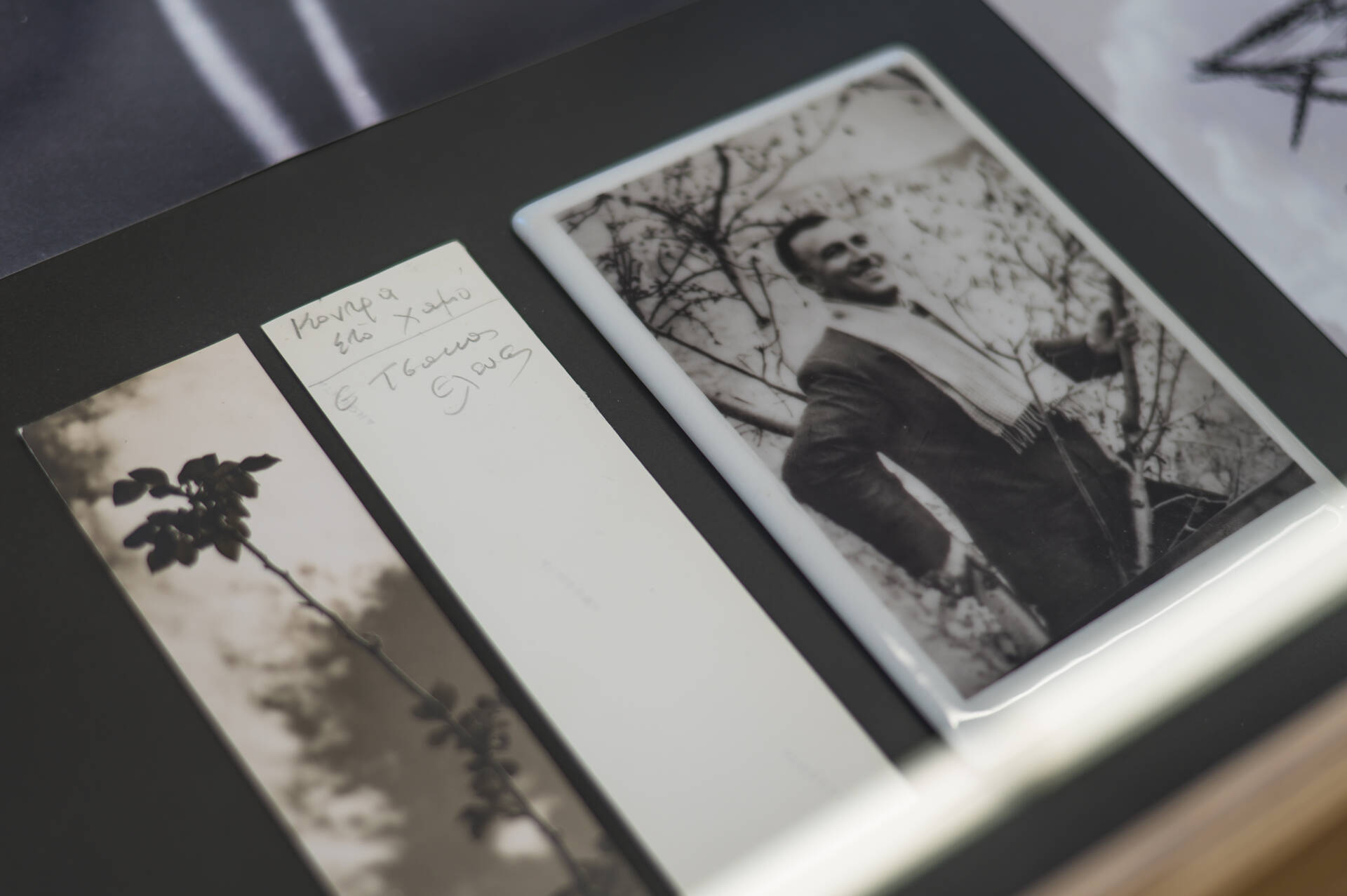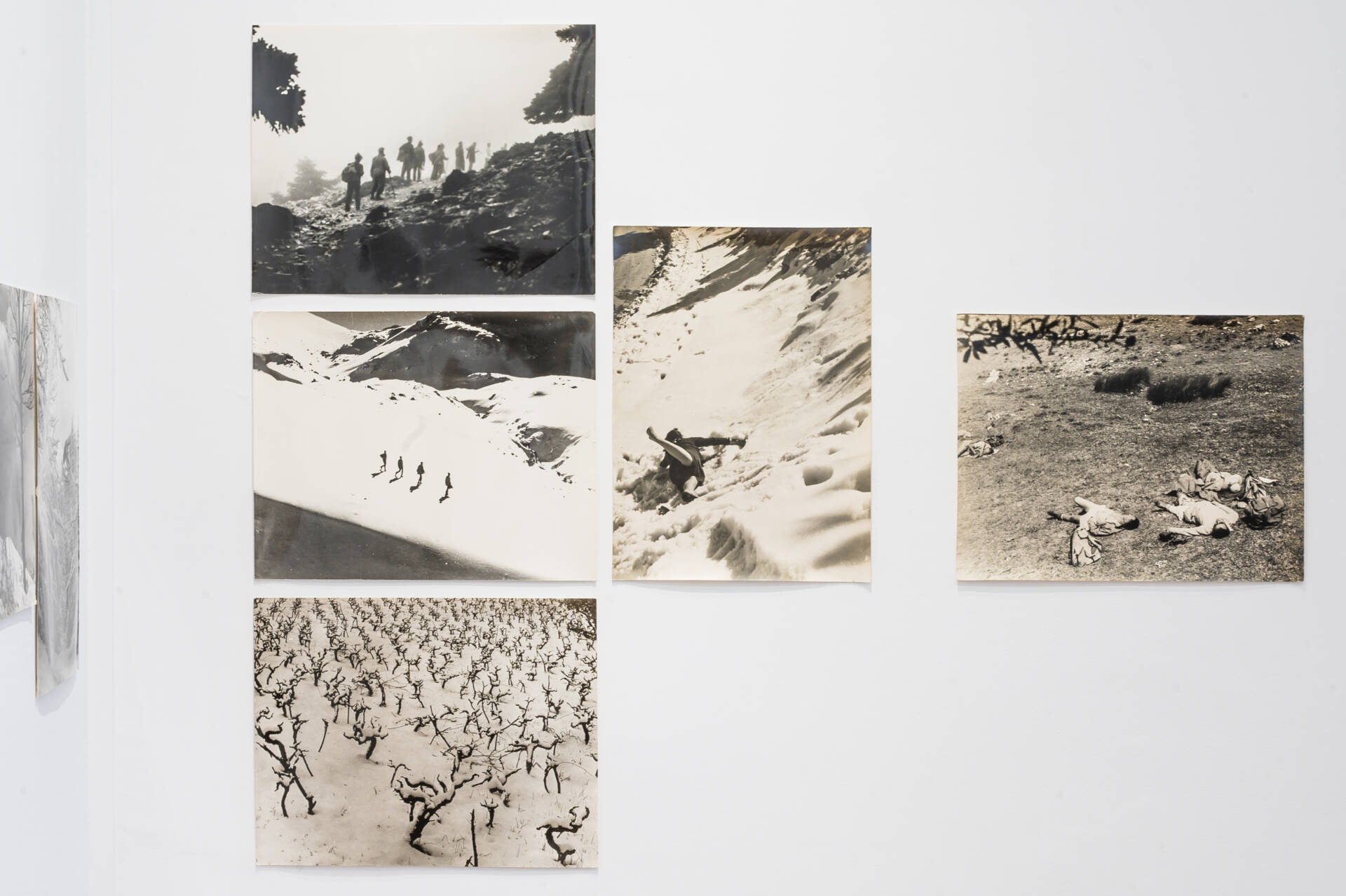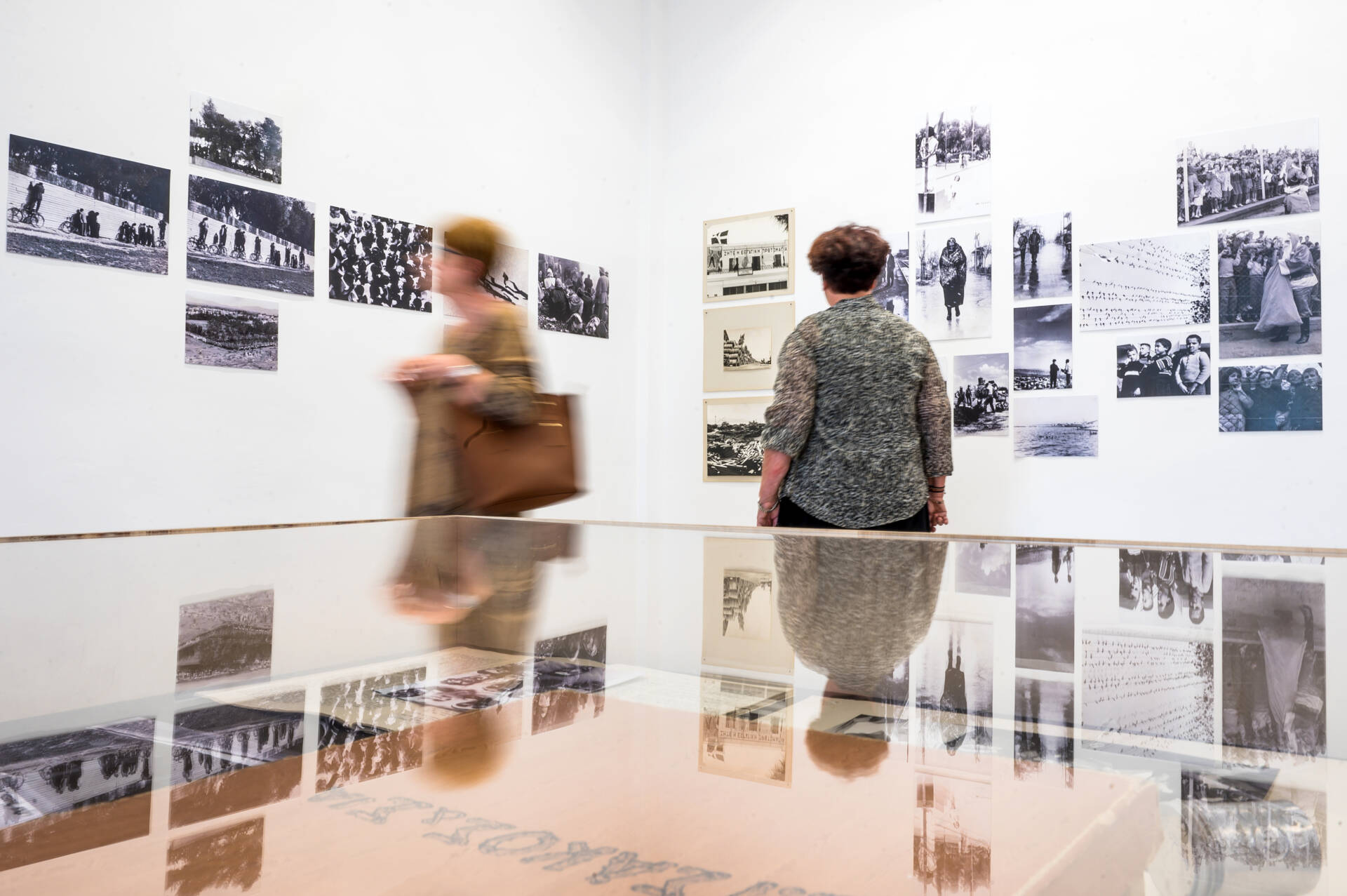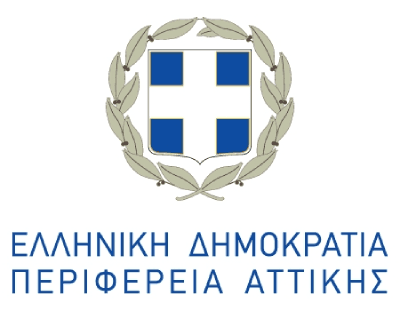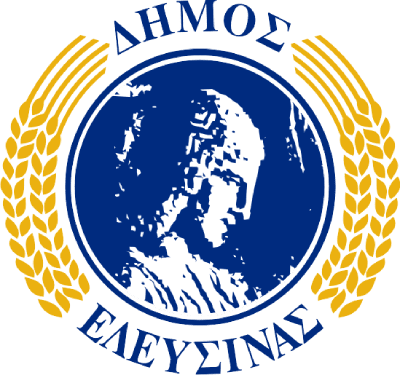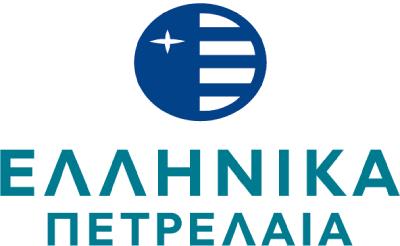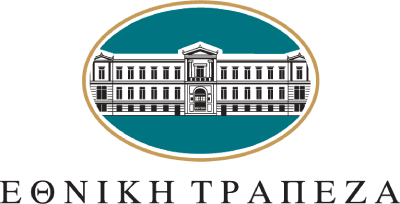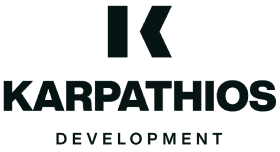Photography, a latter-day mystery.
The mystery of “seizing/abducting” Time at the very moment it occurs! Given the sharp precision of the moment, this “wherever it caught me,” photography constitutes a sublime monument to the ungraspable, the unattainable
or
to the soul of things.
(It is no accident how the primitive innocents were terrified or enraged to see “their soul being seized” before their very eyes!)
Photography festively corroborates before our eyes – or so Roland Barthes claims – a realisation at once simple and terrifying: “I have existed.”
Vangelis Tsakos is one of those exceptional practitioners of this mystery who, through a rare way of looking at History and a sensibility towards things, accredited the mystery and the pursuit of photography as high Art. This unique photographer, a resident of Elefsina, manages to capture in his photographs not just what we see, but most importantly what is concealed, what is missing.
For almost fifty years his gaze via the Leica fell on daily life, sports, the faces of people, the labour movement, the mountains he tirelessly climbed and crossed, the flowers and the poetry of seasons, as if you are listening to Vivaldi. We are privileged because his vast and invaluable work – for those who turn their gaze towards it – teaches us how to see. Through countless shots, Tsakos reveals the very reality we know as if it were another; he reveals reality before our eyes as if it were never there…
Why do I speak like that about him? Because he is rare. Wherever his gaze turned, he exalted what he saw.
Thanos Tsingos, again, seems to have been the only mortal – that we know of – who was allowed to roam in those flower-covered fields where Persephone used to run, and paint them.
Have you noticed his flowers?
Have you noticed the colours?
In order to begin to grasp that strange myth about the Daughter’s abduction by the great Thief, the gods, if they exist, bequeathed us a couple of things to keep us busy: a hymn to Demeter; the ruins – in marble or not – of a mystical cult; a place, Eleusis; and one of her children to depict the mythical flowers – that is, Thanos Tsingos.
Yes, this place, Elefsina, spawned both the myth and Tsingos to depict it in all its delicacy and fragility. This is not a man who paints, but a hierophant of the colours and forms of flowers. He roamed the world and ended up in Paris, and the City of Light gave space to his exquisiteness, displaying even in the Louvre his unique perspective on colour.
Having spent some time looking at his flowers, their forms and colours, I caught a fleeting glimpse of Persephone…
Why do I speak as such about them? These are not merely “good” or “great” artists; they are among those very few who deepen and enrich perception, deify the Real, and deepen our experience within Language itself.
“So, does Elefsina grow wheat?”
TS, TS, TS, TS!…
Why, yes, it does – and myths, too!
Tsakos – Tsingos
